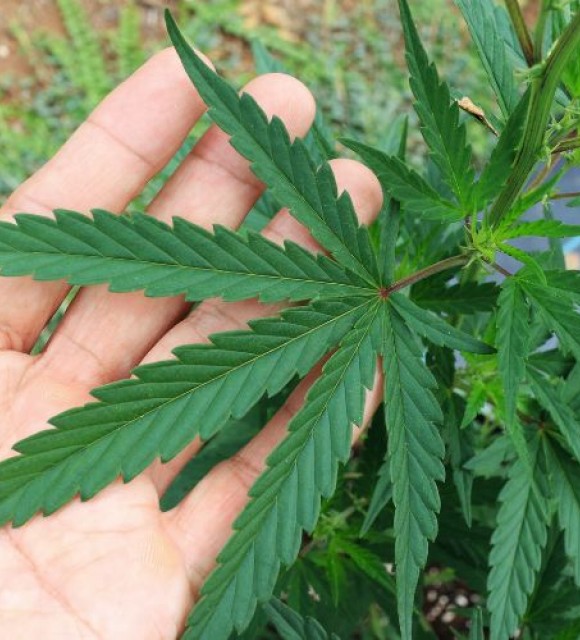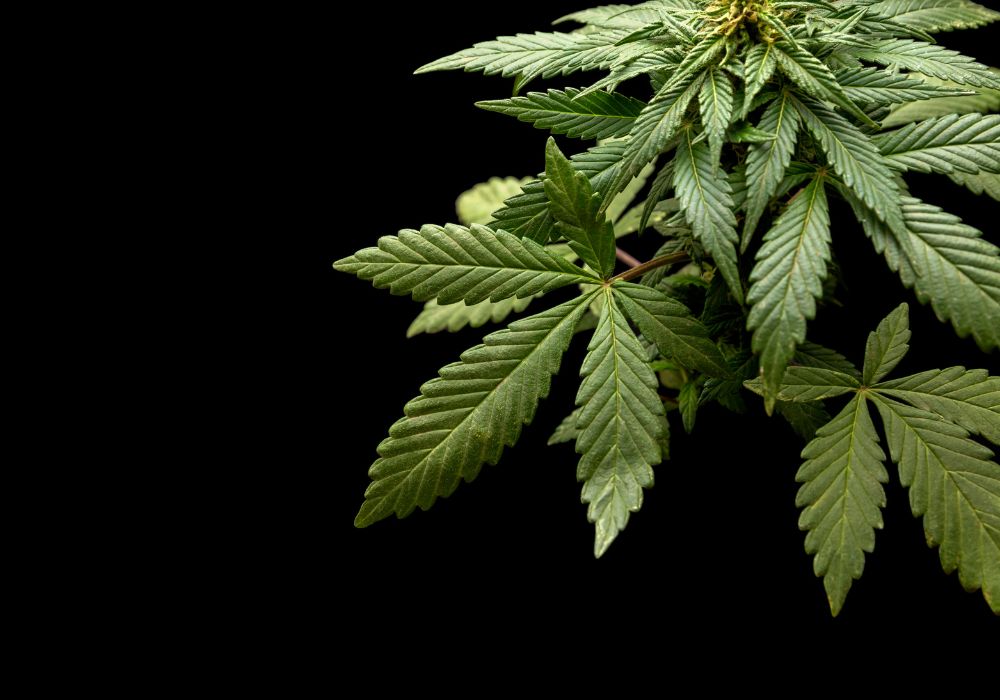The cannabinoid sector regularly sees the appearance of sometimes barbaric acronyms that confuse consumers, whether novices or experienced.
The general public is familiar with cannabidiol (CBD), a non-psychotropic substance with soothing, anti-inflammatory and pain-relieving properties. Experienced consumers are also familiar with CBG, CBN and CBC, complementary molecules to CBD, found mainly in full-spectrum hemp oils.
But few are familiar with THCJD, a mysterious cannabinoid that appeared on the French market less than a year ago, mainly in the form of e-liquid for vape. What is THCJD? How is it obtained? What are its effects? What is its legal status in France?



 </>
</>